All the windows are sealed and dare not open. A residential area in Wuhan suffers from fast lane noise.
CCTV News:Recently, many residents in Hongshan District, Wuhan reported that their residential area is too close to Qingling section of Yangsi Port Expressway, which was opened to traffic not long ago, and the noise of traffic has troubled the daily life of residents in the residential area. According to the address provided by residents, CCTV reporters came to Yuecheng Community in Fudi District to learn about the situation on the spot.
Residents of Forte Yuecheng Community moved in in 2015. At present, among the 27 residential buildings in the community, more than a dozen high-rise residential buildings are less than 50 meters away from Qingling section of Yangsi Port Expressway. In order to resist the noise, the residents themselves have thought of some measures, but the effect is not obvious.
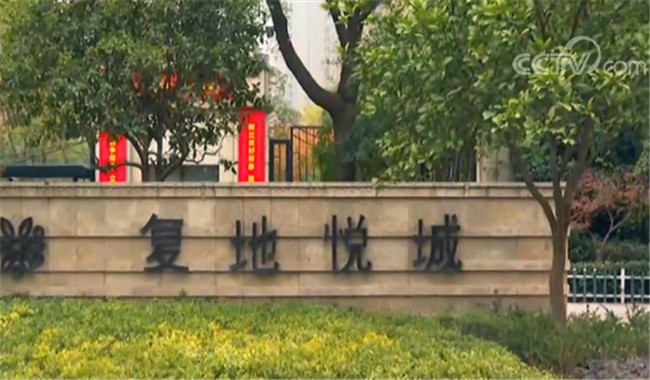
Residents of the community: "Our balcony has been stopped since the expressway was opened to traffic. We have sealed all its windows, and you can obviously feel the sound when you open it."
Reporter: "It’s very loud."
Residents of the community: "Yes, the sound is very loud, and I basically dare not open it."
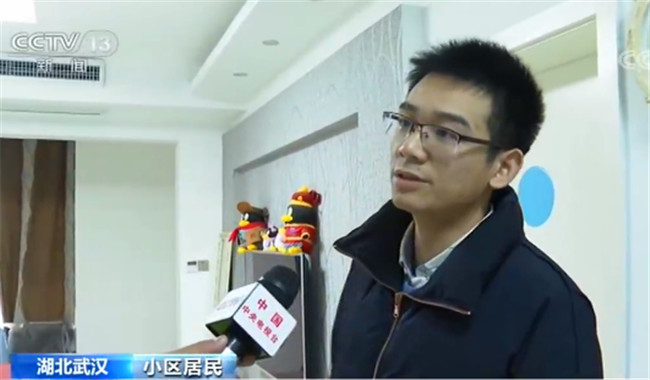
Residents of the community: "This is the master bedroom. Because of the noise, both husband and wife can’t stand it. Later, we paid for a set of silent windows ourselves. We thought the effect was ok, but the effect was still not good. The noise was still very loud, which led to my wife and I not sleeping in this room now, so we crowded the children’s room with the children."
Residents say that noise not only affects rest, but also affects health by closing the windows for a long time, which leads to poor air circulation. Zhao Xin speed skater, an associate professor in the School of Transportation, Wuhan University of Technology, is engaged in the research on the integration of ecological environment and transportation facilities in the city circle, and has been paying attention to the noise disturbing people in this community.
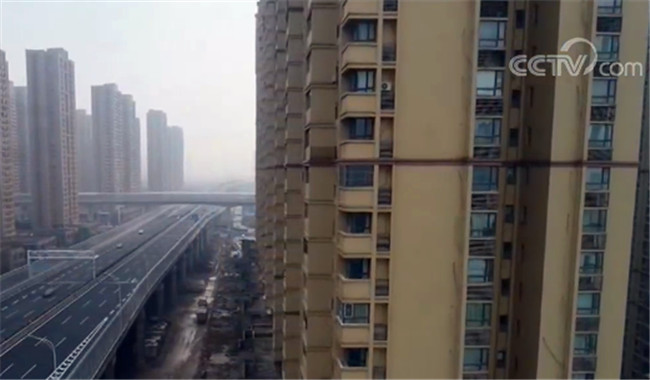
Zhao Xin speed skater, an associate professor at the School of Transportation, Wuhan University of Technology, said: "The maximum instantaneous noise value I have measured now has reached 80 decibels, with an average of about 75 decibels."
Reporter: "Has this value exceeded the standard?"
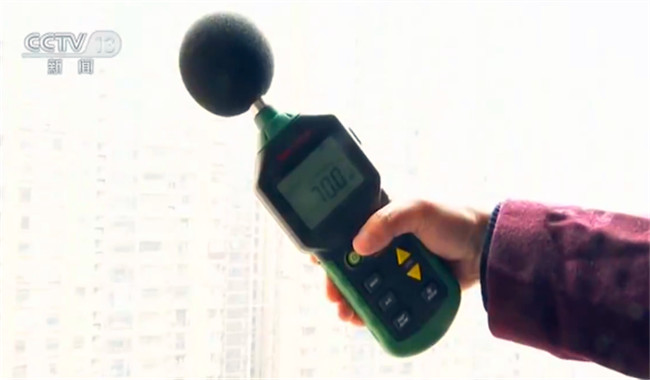
Zhao Xin speed skater: "This definitely exceeds the standard. According to the official monitoring data provided by the environmental monitoring station, it adopts the national second-class regional standard, and the limit value is 60 decibels. Then we have now tested that the instantaneous value has reached about 75 decibels, so it has exceeded about 15 decibels. "
[Field] The existing noise control measures are not effective.
According to the relevant provisions of the Law on the Prevention and Control of Environmental Noise Pollution in China, if the construction of expressways, urban viaducts and light rail roads passing through the existing areas where noise-sensitive buildings are concentrated may cause environmental noise pollution, noise barriers should be set up or other effective measures should be taken to control environmental noise pollution. So, has the urban expressway around the community taken such noise prevention measures?
The reporter saw at the scene that in order to control noise pollution, the construction unit installed a 4-meter-high vertical sound barrier on the expressway to reduce the interference of noise generated by driving vehicles to nearby residents, but the effect was not satisfactory.
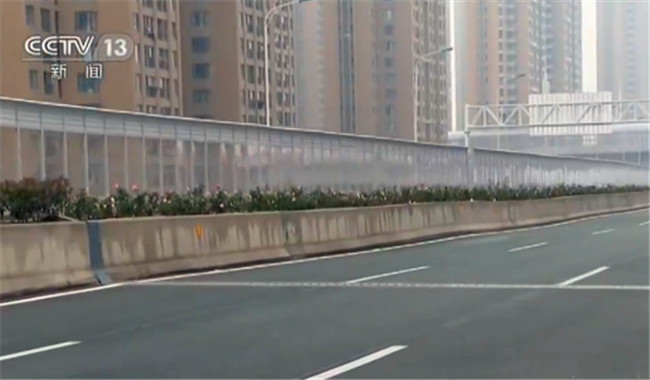
Residential residents: "This vertical sound insulation screen has little effect on our high-rise, and you can hear that the noise is still very loud when you stand next to it, and even this vertical sound insulation screen only says that it has been repaired to the place directly below us, and there is no vertical sound insulation screen walking next to us, so the tire noise from a distance and the tire noise directly below are clearly transmitted."
Zhao Xin speed skater, an associate professor at the School of Communications, Wuhan University of Technology, said: "The buildings here are generally relatively high, and its floors have basically reached more than 30 floors, so it is ineffective to use such a semi-closed sound insulation wall."
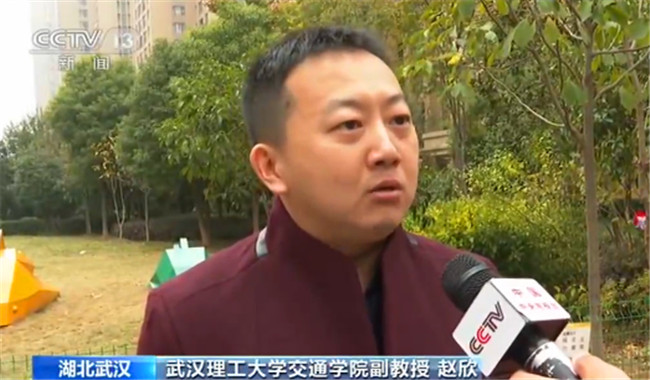
In view of the noise problems reflected by residents, the personnel of Hongshan District Environmental Protection Monitoring Station in Wuhan City tested the noise situation. According to the test results, the distance between this expressway and the community is too close, which is the main reason for noise disturbing people at present. So, when the expressway was built, did the noise disturb people be taken into account for environmental assessment?
Ming Lihong, researcher of the administrative examination and approval department of Wuhan Ecological Environment Bureau, said: "Our country’s evaluation law stipulates that the need to start construction should be reported to the original department for review within five years after the approval of the project EIA. Then the EIA of Wuchang section of the Second Ring Road was approved by the Environmental Protection Bureau in September 2010, and the construction of Wuchang section of the Second Ring Road was started in December 2010, so there is no legal requirement to report the EIA again. The Qingling section of Yangsi Port Expressway is a part of the Wuchang section of the Second Ring Road, and the overall EIA.
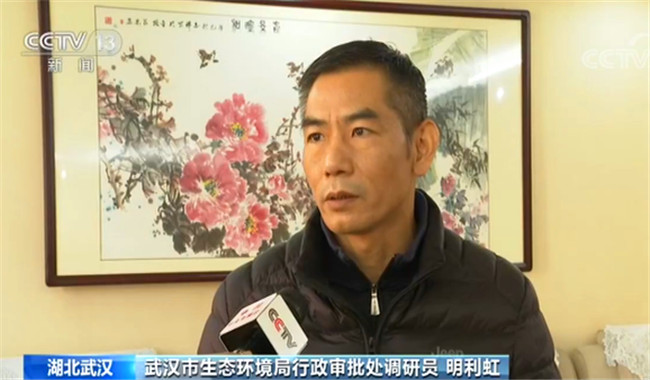
[Progress] Relevant departments will take measures to reduce noise pollution.
According to the environmental protection department, the Qingling section of Yangsi Port Expressway, which started construction in 2018, belongs to the Wuchang section of the Second Ring Road, and the overall environmental assessment of the Wuchang section of the Second Ring Road was passed in 2010. However, when the environmental assessment was carried out, there were no dense residential areas on both sides of the expressway. Eight years later, a large number of high-rise houses were built here. What should we do about the noise problem caused by the urban expressway?
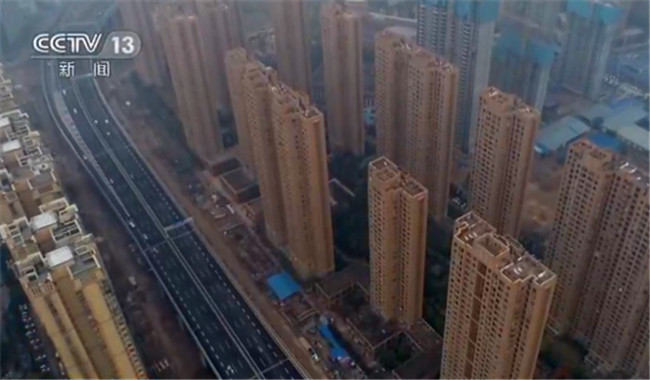
Recently, the relevant departments in Wuhan said that they attach great importance to the problem of noise disturbing people and have come up with corresponding solutions.
Hao Xijian, director of the Policy and Regulation Department of Wuhan Ecological Environment Bureau, said: "We will take two measures in the next step. First, as a regulatory authority, we will conduct further research with the main construction unit. For the viaduct, some vertical sound insulation screens have been built, and the effect of vertical sound insulation screens can not meet the requirements of surrounding residents. Therefore, we will further demonstrate with the construction unit the feasibility of building a fully enclosed sound insulation screen for the viaduct; Second, in view of the current situation of excessive noise, we have further demonstrated with urban construction, urban management and construction units to minimize the emission of noise pollution sources through road noise reduction and other measures. "
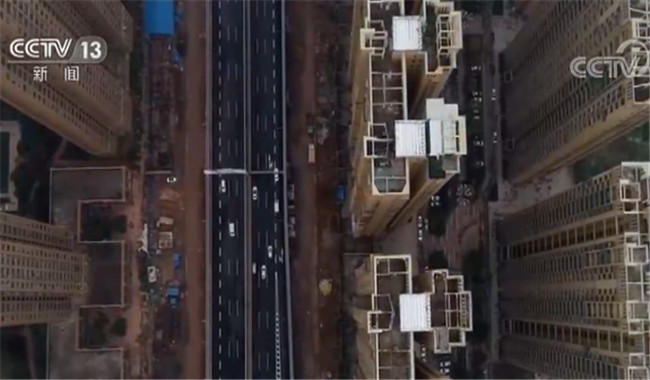
At present, noise disturbing people is a common problem in large and medium-sized cities. In order to alleviate traffic congestion, viaducts and expressways have sprung up everywhere, but in order to save land costs, some roads are also close to residential areas, which makes the phenomenon of noise disturbing people particularly prominent. Experts believe that the planning stage should be "prepared for a rainy day".
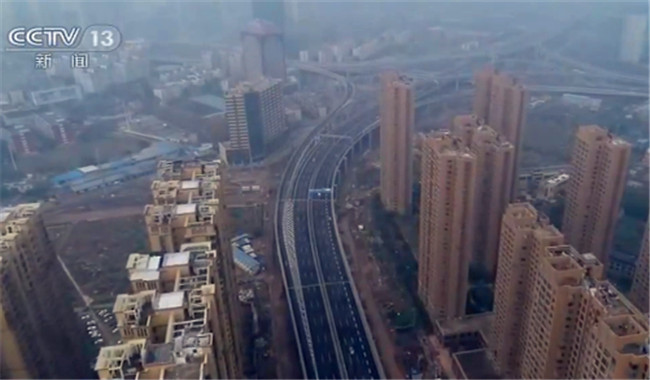
Zhao Xin speed skater, an associate professor at the School of Transportation, Wuhan University of Technology, said: "Attention should be paid to the problem of noise disturbing people in the planning stage, and various sound insulation facilities should be taken into account in the planning and design stage. The second level is that in the land planning stage, we should consider the red lines of traffic land and residential land and the relationship between them, and leave a reasonable distance from the planning level to minimize the impact of noise on residents. "